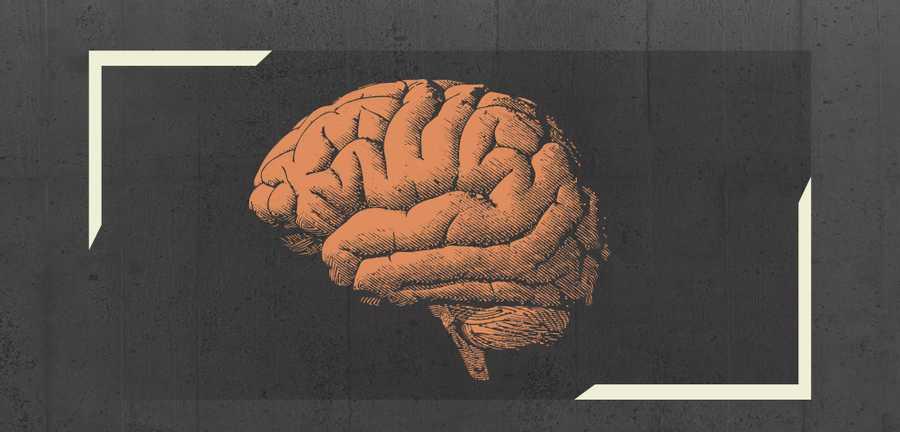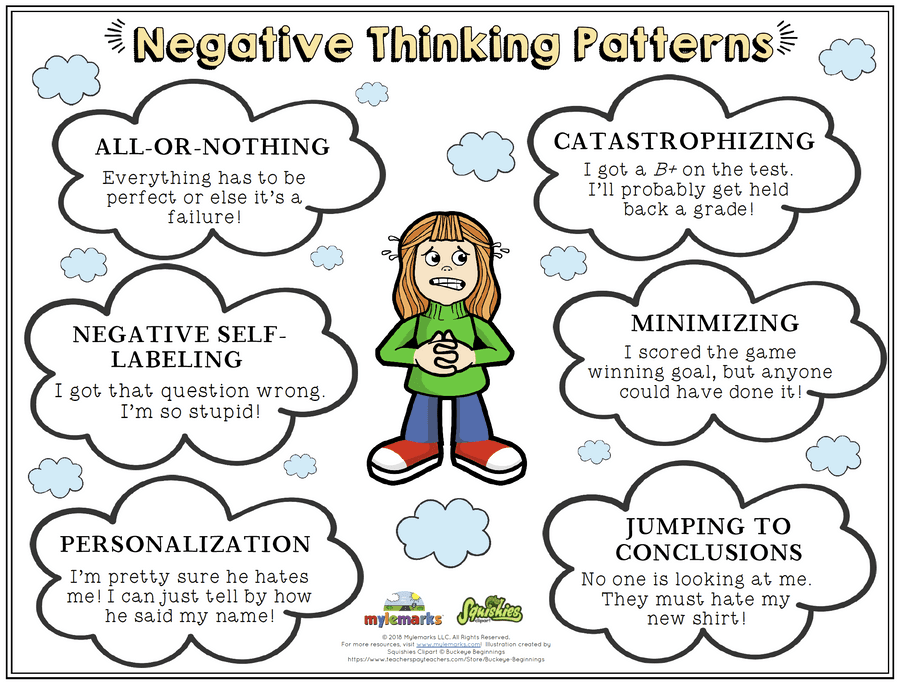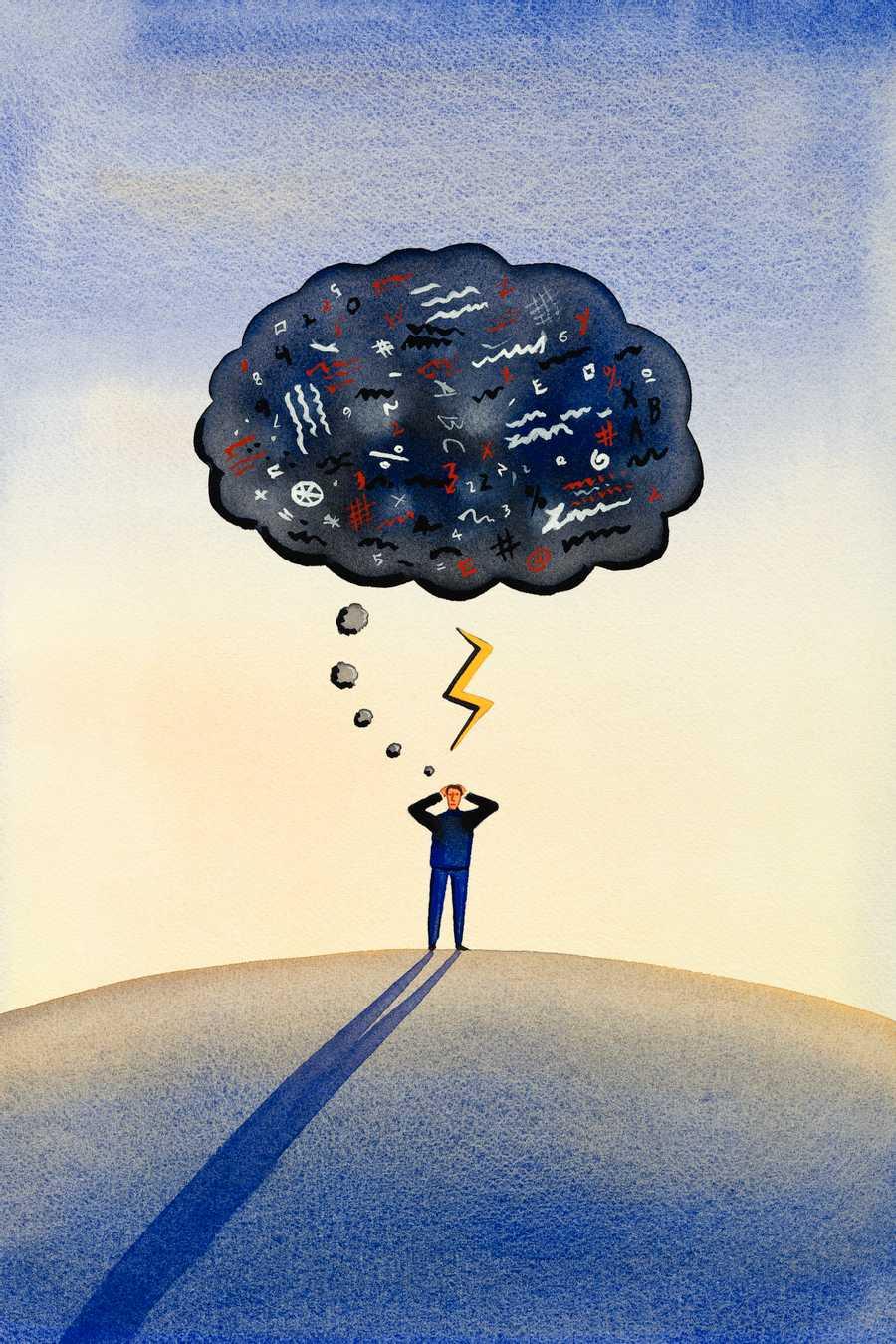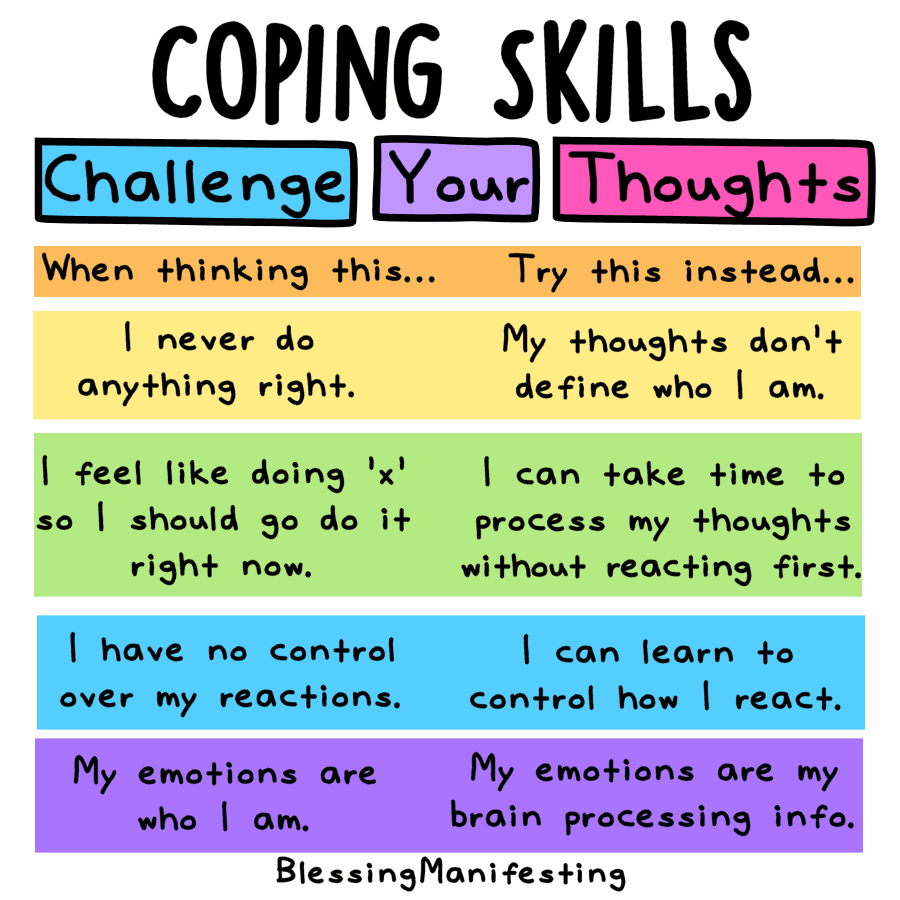Explore the World's Best Ideas
Join today and uncover 100+ curated journeys from 50+ topics. Unlock access to our mobile app with extensive features.
Reframing situations
When facing potential stessors, the way we view what we're experiencing can greatly increase our stress—or minimize it.
- Cognitive reframing is a time-honored, psychologist-recommended method of looking at things in ways that create less stress and promote a greater sense of peace and control.
If you don't already use this stress relief strategy regularly, you may want to consider it.
48
427 reads
What is cognitive reframing
Reframing is a way of changing the way you look at something and, thus, changing your experience of it.
- It can turn a stressful event into either highly traumatic or a challenge to be bravely overcome.
- It can depict a really bad day as a mildly low point in overall wonderful life.
- It can see a negative event as a learning experience.
Reframing is a way that we can alter our perceptions of stressors and, thus, relieve significant amounts of stress and create a more positive life before actually making any changes in our circumstances.
40
96 reads
How reframing affects stress
Using reframing techniques can actually change your physical responses to stress because your body's stress response is triggered by perceived stress, more often than actual events.
- Your stress response can be triggerd by events raging from annoying to frightening and can remain triggered long after the triggering event has passed, especially if you're not practicing relaxation techniques.
Reframing techniques are a way of minimizing the stressors you perceive in your life, thus easing the process of relaxation.
38
78 reads
1. Learn about thinking patterns
The first step in reframing is to educate yourself about some of these negative thinking patterns (like cognitive distortions) that may greatly increase your stress levels.
- Educating yourself about thinking patterns and how they affect people is important for laying the groundwork for understanding and change.
41
99 reads
2. Notice your thoughts
The next step is to catch yourself when you're slipping into overly negative and stress-inducing patterns of thinking. Being aware of them is an important part of challenging and ultimately changing them.
One thing you can do is just become more mindful of your thoughts, as though you're an observer.
When you catch negative thinking styles, just note them at first.
- You can even keep a journal and start recording what's happening in your life and your thoughts surrounding these events.
- Another helpful practice is meditation, where you learn to quiet your mind and examine your thoughts.
41
77 reads
3. Challenge your thoughts
As you notice your negative thoughts, an effective part of reframing involves examineing the truth and accuraccy (or lack thereof) of these thoughts.
- Are the things you're telling yourself even true?
- Also, what are some other ways to interpret the same set of events?
- Which ways of seeing things serve you better?
Instead of seeing things the way you always have, challenge every negative thought, and see if you can adopt thoughts that fit your situation but reflect a more positive outlook.
42
80 reads
4. Replace your thoughts with more positive thoughts
When you're looking at something negative, see if you can change your self talk to use less strong negative emotions .
When you're looking at a potentially stressful situation, see if you can view it as a challenge versus a threat.
Look for the 'gift' in each situation, and see if you can see your stressors on the more positive edge of reality: see them in a way that still fits the facts of your situation, but that is less negative and more optimistic and positive.
That's the gist of reframing, and you can do it as often as you'd like.
40
89 reads
IDEAS CURATED BY
I'm passionate about helping people live their best lives. I'm a lifestyle coach & burnout coach.
Rogier. H's ideas are part of this journey:
Learn more about personaldevelopment with this collection
How to make good decisions
How to manage work stress
How to manage email effectively
Related collections
Similar ideas
5 ideas
4 Steps to Shift Perspective and Change Everything
verywellmind.com
6 ideas
How to Reframe Your Stress and Anxiety Into Productivity
lifehacker.com
5 ideas
4 Types of Stress and How to Overcome It
declutterthemind.com
Read & Learn
20x Faster
without
deepstash
with
deepstash
with
deepstash
Personalized microlearning
—
100+ Learning Journeys
—
Access to 200,000+ ideas
—
Access to the mobile app
—
Unlimited idea saving
—
—
Unlimited history
—
—
Unlimited listening to ideas
—
—
Downloading & offline access
—
—
Supercharge your mind with one idea per day
Enter your email and spend 1 minute every day to learn something new.
I agree to receive email updates







